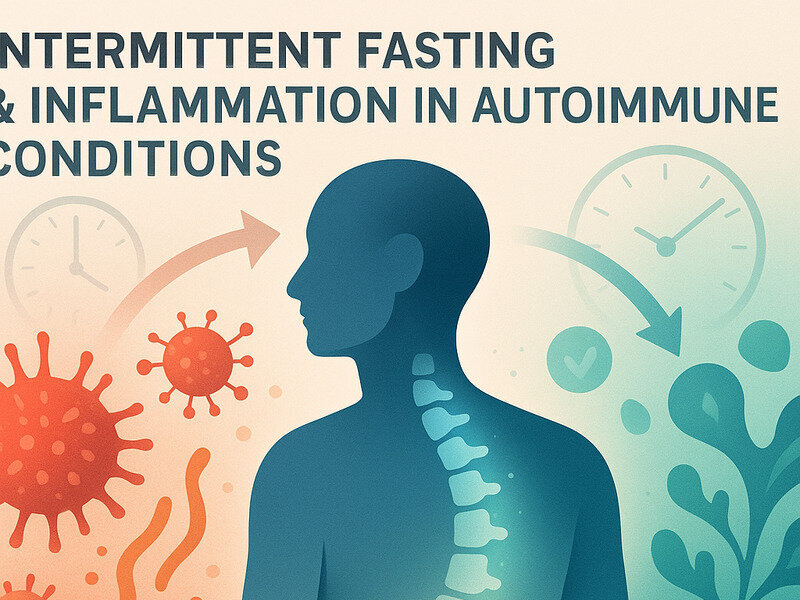
Ankylosing spondylitis (AS) is a chronic inflammatory disease primarily affecting the spine and the sacroiliac joints, leading to severe pain and stiffness. Understanding the role of inflammation in AS is crucial for developing effective treatment strategies. This article explores the mechanisms of inflammation in AS, its clinical manifestations, and current therapeutic approaches aimed at managing this condition.
Understanding Ankylosing Spondylitis
Ankylosing spondylitis is a type of spondyloarthritis characterized by inflammation of the axial skeleton. It affects approximately 0.1% to 1.4% of the population worldwide, with a higher prevalence in males than females. The onset typically occurs in late adolescence or early adulthood.
Pathophysiology of Ankylosing Spondylitis
The exact cause of AS remains unknown, but genetic factors play a significant role. The HLA-B27 gene is present in over 90% of patients with AS, suggesting a strong genetic predisposition. However, not all individuals with this gene develop the disease, indicating that environmental factors also contribute to its pathogenesis.
The Role of Inflammation in AS
Inflammation is centr...
Premium preview
Premium members unlock the full article—complete step-by-step routines, deeper coaching notes, and exclusive frameworks.


